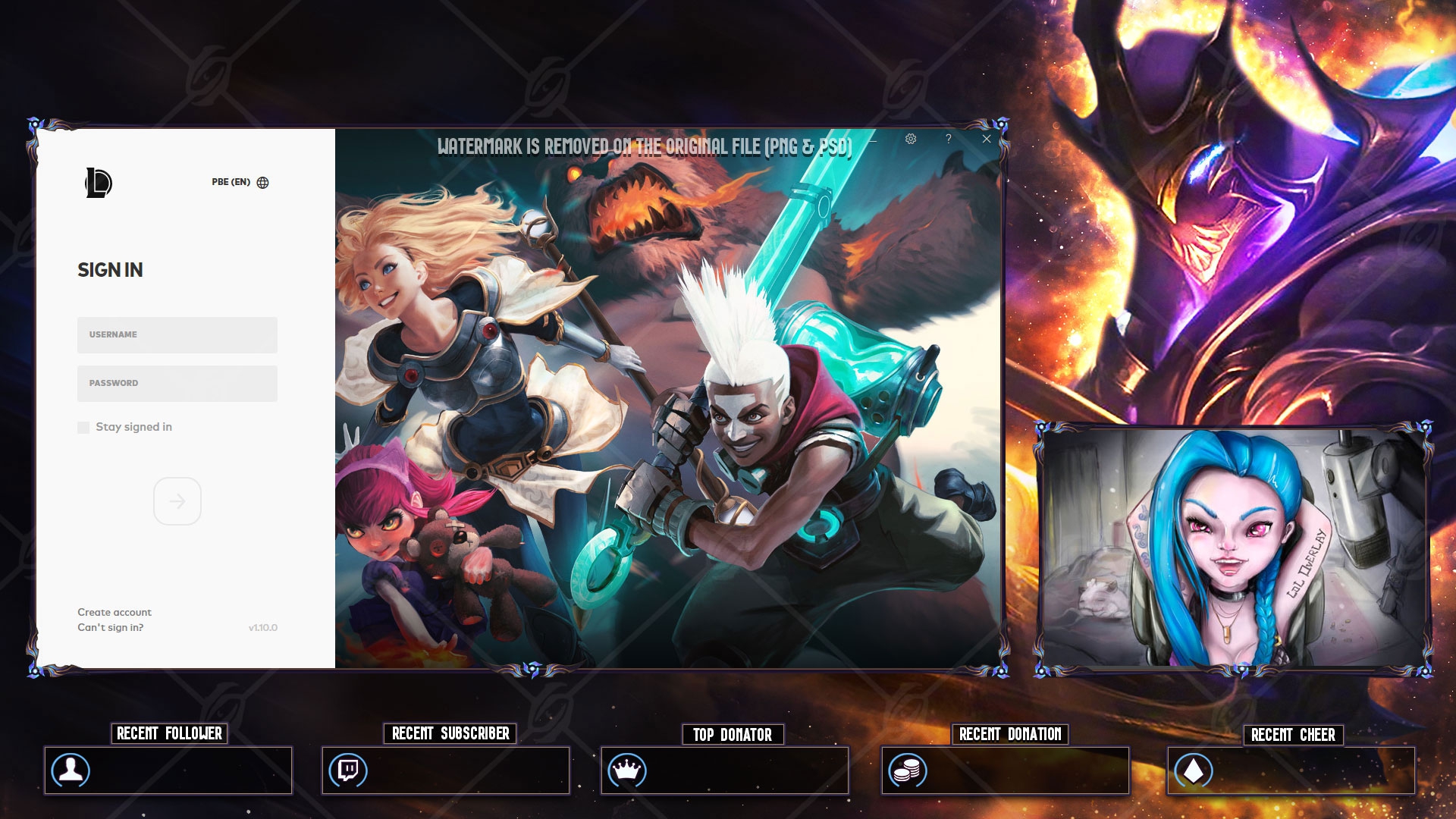

ZED HEADER SERIAL
ZED HEADER DRIVERS
If you have an Intel processor, the easiest way to update your drivers is to use the Intel Driver Assistant.
ZED HEADER INSTALL
If possible, download and install the newest chipset driver for your motherboard. The ZED is compatible with Windows 7, 8, 10, Linux Ubuntu LTS (16.04, 18.04) and Linux for Tegra (Jetson). You can add full bandwidth USB 3.0 ports to your computer with add-on host controller cards such as the 4-Port Inateck PCI-E card. Multiple ports can be sharing bandwidth so try to disconnect all other devices from your USB ports to diagnose bandwidth bottleneck issues. We recommend connecting your camera on a USB port wired to the Intel host controller of your motherboard (natively integrated since Intel-9 and Intel-100 chipset series). If your camera is not detected or is dropping frames, this can be related to the amount of available bandwidth for your USB 3.0 ports. Check your Motherboard and Chipset Specifications Remove other USB devices that may be sharing the USB bandwidth. If you need to extend your working range, use active cables and hubs with their own external power supply. Check our list of recommended extension cables. Remove any USB hub or extension cable, and plug the ZED directly into the computer. Usually, they do not share the bandwidth with USB 3.0 ports. Put your keyboard, mouse and hubs on USB 2.0 ports.Usually, manufacturers add an ASMedia repeater or controller to the line which do not deliver the same bandwidth as Intel host controllers. Avoid red ports which are branded as "Gaming", "VR Ready" or "USB 3.1" ports.They usually provide less power and bandwidth than rear USB ports that are soldered to the motherboard. Usually, USB 3.0 ports can be recognized by a blue receptacle. Make sure that it is a USB 3.0-capable port, otherwise the camera will work in USB 2.0 backward-compatible mode with reduced resolution and frame rate. Plug the camera into another rear USB 3.0 port of your computer. If you are having issues getting your system to recognize your device, if your camera feed appears choppy or seems to be dropping frames during video capture, please try the following methods: Try Different Rear Ports

They are automatically recognized by Windows and Linux which ship with a built-in UVC driver. The ZED and ZED mini are UVC-compatible USB cameras.


 0 kommentar(er)
0 kommentar(er)
